Article and Photos: Rebecca Travers (Canberra Organic – Autumn 2021)

As part of my ‘small-scale’ courtyard gardening journey, I was keen to find out which of my favourite vegetables would thrive growing in pots. I knew that tomatoes and chillies were a possibility, as well as hanging baskets filled with strawberries – but what else?
My online research suggested using companion planting in pots. This included creating combinations such as the ‘pasta pot’ filled with tomato plants, basil and oregano, or the ‘stir-fry pot’ consisting of Asian greens, chillies and coriander (ideas sourced from ‘Sustainable Gardening Australia‘). This led me to think about the things I enjoy cooking – and more importantly eating!
When catching up with friends for dinner back in November 2020, I was given a few tomato and eggplant seedlings as a gift. These made the perfect base for the Greek dish moussaka and thus the ‘moussaka pot’ was born – tomatoes, eggplant and oregano.
Eggplant – or aubergine as it is known in my home country of England – is a plant species that is part of the nightshade family Solanaceae. Solanum melongena is grown worldwide for its edible fruit. Eggplant is closely related to the tomato (Solanum lycopersicum) and the potato (S. tuberosum) as well as to several poisonous nightshades (Encyclopedia Britannica).
Eggplant is frost tender, requiring a warm climate to thrive. In Canberra, it is best to plant seeds in punnets in spring, transplanting once the soil has warmed and the danger of frost has passed. It is a branching bushy plant with thick woody stems that produce star-shaped flowers in various shades of purple. Its large leaves are green or grey in colour with the underside typically covered in spiny fuzz. Mature plants can range in height from one to eight feet – perfect for growing in my courtyard garden.
According to The Elegant Eggplant:
“Its origin is considered to be India where it continues to grow wild. This spiny, bitter, orange, pea-sized fruit has been cultivated throughout India and China for more than 1500 years.
As trade routes opened, eggplant was introduced to Europe by the Arabs and transported to Africa by the Persians. The Spaniards carried it with them to the New World and, by the early 1800s, both white and purple varieties could be found in American gardens.
According to the American Horticultural Society Encyclopedia of Gardening – Vegetables, “A 5th Century Chinese book contains one of the oldest references to eggplant. A black dye was made from the plant, and ladies of fashion used it to stain their teeth – which, when polished, gleamed like metal.”
In China, as part of her “bride price”, a woman must have at least 12 eggplant recipes prior to her wedding day. In Turkey, “imam bayeldi” [sic], a tasty treat of stuffed eggplant simmered in olive oil, is said to have made a religious leader swoon in ecstasy. When first introduced in Italy, people believed that anyone who ate the “mad apple” was sure to go insane.”
A staple in cuisines of the Mediterranean region, it regularly features in the classic dishes of moussaka, Italian eggplant parmigiana and the Middle Eastern baba ghanoush. However it does not store well, so it is best to use soon after harvesting. Eggplant can be roasted, grilled, baked, stewed, stuffed, dried, braised, mashed, pickled, pureed, or breaded and fried.
I’m delighted to see my little eggplants thriving in their pot. Whilst a smallscale garden doesn’t produce enough eggplant for lots of moussaka, it will make the ones it does provide for all more enjoyable. I can’t wait to try it.
